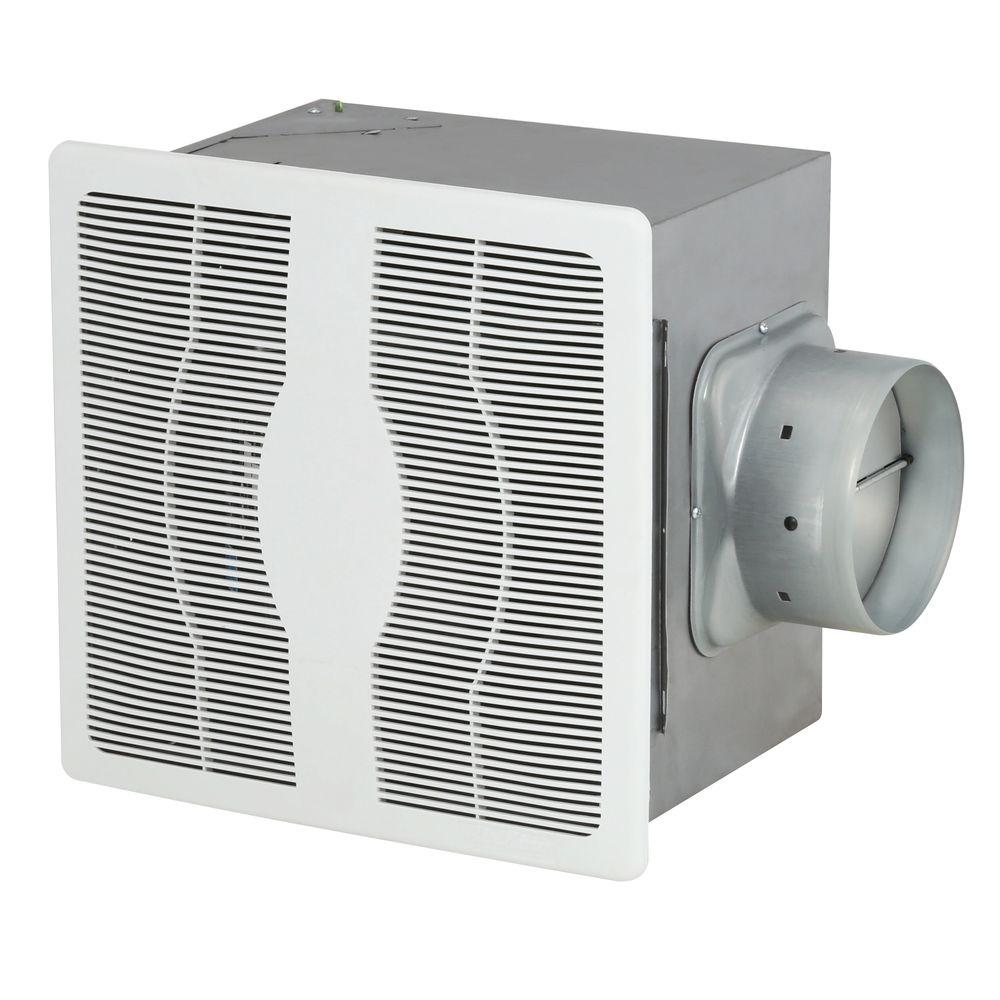

This effect is noticeable and you will get a significant cooling benefit from a ceiling fan in summer mode.Īlthough ceiling fans redistribute heat/cold and make you feel cooler with the wind chill effect, they do not actually alter the overall ambient air temperature. The moving air also increases evaporative cooling if you are sweating. When air is pushed downwards, it actively moves across your skin. This blows away the naturally-forming layer of body heat sitting against your skin, making you feel cooler and allowing more body heat to be released and blown away. Wind chill cools the people who occupy the room or, more specifically, those who are in the direct path of the downward airflow. The primary cooling mechanism of a ceiling fan in summer mode is the wind chill effect. If it was, I don’t think that ceiling fans would have held onto their place in the cooling business for as well and as long as they have. Overall, the room should feel cooler at this constant temperature.īut this is not the only way that a ceiling fan makes you feel cooler. All of the air will be in circulation at a constant temperature. With both warm and cold air being mixed together constantly and preventing stagnancy, warm and cool spots will be eliminated in the room by your ceiling fan. When the ceiling fan pushes air down, warmer air is displaced from the ceiling and moved downwards.Īlthough this warm air will initially be felt by the room’s occupants, the warm air will displace the cool air that dwells near the floor. Warm, less dense air rises to gather at the ceiling, and cold, more dense air sinks to gather at the floor. Cooling Mechanism and EfficiencyĪs the air circulates, it creates an even distribution of heat/cold throughout the room. The space around the fan is filled with air from above it and further out to the sides of the fan because of the vacuum created by pushing the air down.Īs air is pulled in from the sides of the fan, it creates a vacuum there, which is filled with air from the lower portions of the room, which is how whole room air circulation is achieved with a ceiling fan in summer mode. This also forces the air already below the fan to move closer to the floor. So, the air around the fan is pushed down. This is how the blades push air into the area below the fan when in summer mode. When your hands meet, the fingers of your left hand should naturally slide down the palm of your right hand, following the downward direction of your lower arm.

Move the ceiling fan blade, a.k.a, your right hand, towards your left hand (the air). Now, you need to “pitch” your right hand to a 45° angle so that the fingertips of your left hand are now in line with your palm. Your right hand is the ceiling fan blade and your left hand is the air. To understand how this works, hold your hands up so that your palms are facing down and your fingertips are facing each other. When a ceiling fan turns counterclockwise, the high part of the pitched blades will lead. This pushes air down and creates a downward stream of air. The direction the blades are moving should be clear from this angle. To tell which direction your ceiling fan is turning, stand directly under the fan and look up, preferably while the ceiling fan is at a low speed so you can see the individual fan blades. When your ceiling fan is switched to summer mode, its blades will be turning counterclockwise. You can easily calculate the suitable airflow requirement according to your room’s length, width, and height.Was this helpful? Summer Mode Airflow Pattern Now, what if you already know how much airflow is needed for your room? It helps to determine the suitable room size. Air coolers and conditioners also have a similar rating. All types of fans- ceiling, table, exhaust, and pedestal fans come with a rated CFM. Airflow is usually measured with the unit of CFM- Cubic Feet per Minute. Blowers produce more airflow compared to fans, and thus, they are ideal for large rooms.įor these reasons, you must choose a product that can distribute the air properly in your room. Fans are ideal for small and medium-sized rooms. You will find two types of devices to recirculate the room air- fan and blower.

If the home appliance runs for a long time in overloaded condition, its durability will reduce, create noise, and ultimately fail.It will reduce the efficiency of the machine. More energy will be required to cool down the same space.Insufficient cooling effect reduces the efficacy of the appliance.


 0 kommentar(er)
0 kommentar(er)
